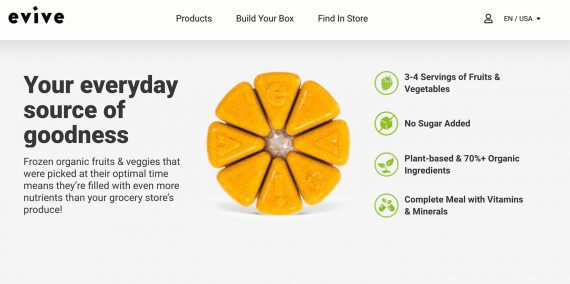Clearly defined goals can help ecommerce companies make 2022 the best year yet. The goals or resolutions should be aspiring and engaging enough to encourage action.
What follows are seven resolution ideas for 2022. Adapt these to your company and implement them throughout the year.
1. Know Your Customers
New Year’s business resolutions may take a couple of forms. There are achievement goals such as “increase sales 10% quarter-over-quarter” and habit goals that alter an organization’s behavior.
Ecommerce companies that want to “understand customers better” or “deepen customer relationships” might choose habit goals.
One example is a weekly customer interview. An executive might commit to interviewing one customer each week in 2022. The habit would have a few parts.
- Monday at 10:00 a.m.: Reach out to customers until an interview is scheduled for Thursday.
- Wednesday at 4:00 p.m.: Send a meeting reminder.
- Thursday: Conduct the customer interview.
- Friday at 9:00 a.m.: Send a thank you card and gift certificate to the participating customer.
- Friday at 11:00 a.m.: Write a summary of the interview, create a customer profile, and share it with internal colleagues, asking for feedback.
2. Respond Quickly
A keen, nimble, and small ecommerce company can compete with behemoths. Competitive advantages frequently involve the shopping experience.
One way to improve the experience is through enhanced customer service.
In 2022, try to improve customer service response times by about 30%. If a business replies to emails in an hour on average, find a way to lower it to 40 minutes.
3. Accelerate Shipping
Reduce the time it takes customers to receive orders by 10%.
Amazon popularized fast and (usually) free shipping. Most ecommerce consumers now expect orders to arrive within a few days — the faster, the better.
In 2022, focus on incremental improvements in shipping time. This might include processing orders more quickly, adding new shipping origins, and finding relatively more efficient carriers.
4. Use Less Packaging Material
Sustainability will be an important theme in every industry over the next few years. Don’t be surprised if some shoppers implement their own carbon budget in 2022 and choose companies that practice sustainability.
Ecommerce companies can get ahead of this trend. Aim to use less packaging with each order, and try to use recycled or sustainable materials.
Canadian smoothie maker Evive is a good example. The company designed an ice-tray-like package that keeps smoothie cubes separate and reduces packaging. Evive also encourages customers to purchase 24 smoothies rather than 12 to reduce the recycled cardboard required for shipping relative to the number of items. Ordering more smoothies less often reduces packaging waste.

Evive’s custom smoothie package reduces the amount of material needed.
5. Shorten the Supply Chain
Shorten the company’s supply chains by 20%.
One of the many ecommerce lessons of the pandemic is that supply chains are not guaranteed. So for 2022, try to shorten them — in distance or time.
My suggestion is an arbitrary 20%. Modify that percentage as needed for your business. The key is to look carefully at product sourcing. Is there a supplier of a similar or identical product closer to the company and its customers? Is there a way to reduce the lead time?
6. Cut Underused Software
Software tends to accumulate in the corners of a business like nicknacks in an attic. Before anyone realizes it, four SaaS offerings do the same or similar tasks.
In 2022, get rid of software clutter. Audit of all of the company’s licensed and SaaS programs. Learn who is using them and why. Then consolidate or eliminate.
Aim to cut 2022 software expenditures by 30%.
7. Get Serious about Content
Content marketing will remain a potent method for driving traffic and building relationships with visitors.
In 2022, ecommerce companies should get serious about content. Choose a medium — blogs, podcasts, videos — and commit to publishing throughout the year. Think of it as a habit goal: publish at least weekly.
Use content to support product launches and email marketing. And learn from retailers and B2B companies that are doing content well. Start with this list:

Eastwood sells automobile-body supplies and equipment. It uses quality content to engage customers and prospects alike.




